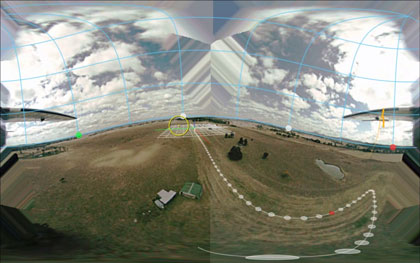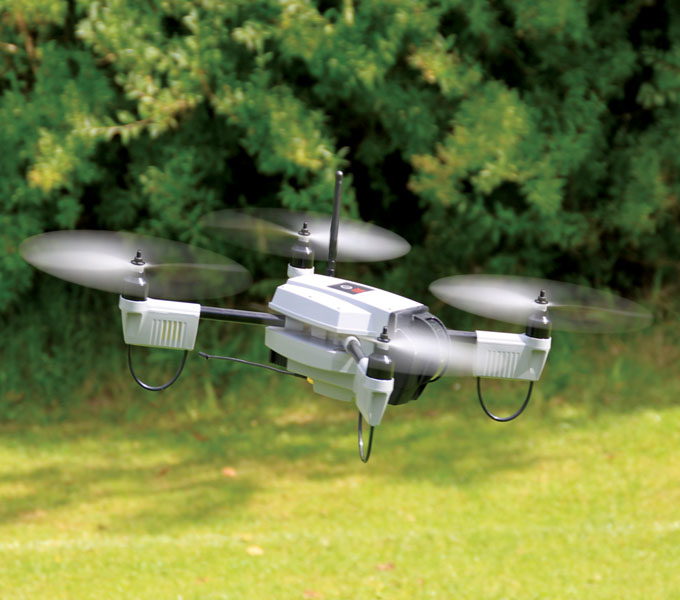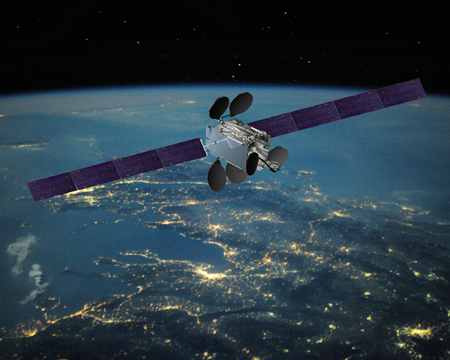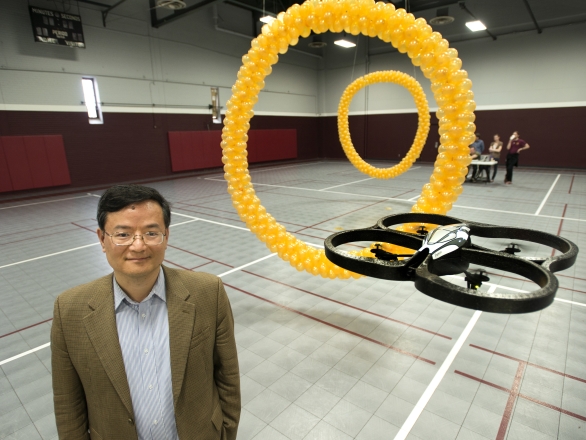30 June 2014
Bees have inspired development of a new aircraft landing system that is fully independent of outside technology, improving passenger safety by deterring blocking or hacking.
University of Queensland researchers at the Queensland Brain Institutehave developed and successfully trialled the autonomous system, which uses visual cues from cameras to control landings.
The project, run by Saul Thurrowgood in Professor Mandyam Srinivasan’sNeuroscience of Vision and Aerial Robotics laboratory, has developed a landing system that differs from other autonomous techniques in that it is independent of outside technology such as laser-range sensors, radio beacons or GPS signals.
“It is totally independent of GPS signals, which can be blocked or hacked, and is a start for aircraft to independently understand their surroundings,” Mr Thurrowgood said.
Mr Thurrowgood said he took cues from bee biology to create the system.
“Bees use optic flow for their descent – using the rate of motion beneath them to guide their landing – and recent testing also shows that they may also use stereo vision for their touchdown, which is using two eyes to judge distance,” Mr Thurrowgood said.
“We have incorporated both of these techniques in our automatic landing system, but modified them for use in a fixed-wing aircraft.”
He said the system used cameras mounted to the front of an aircraft with a two-metre wingspan.
“The plane used the visual system to guide itself, sense its altitude, control its throttle and shut itself off when it landed,” Mr Thurrowgood said.
“All commercial aircraft need to have backup systems, and this research provides the option of having different types of sensing.
“If one isn’t working then the pilot has something else to fall back on.”
The study was supported by the Australian Research Council, the US Army Research Office, Boeing Research and Technology Australia, and by a Queensland Premier’s Fellowship. It is published in the Journal of Field Robotics.













